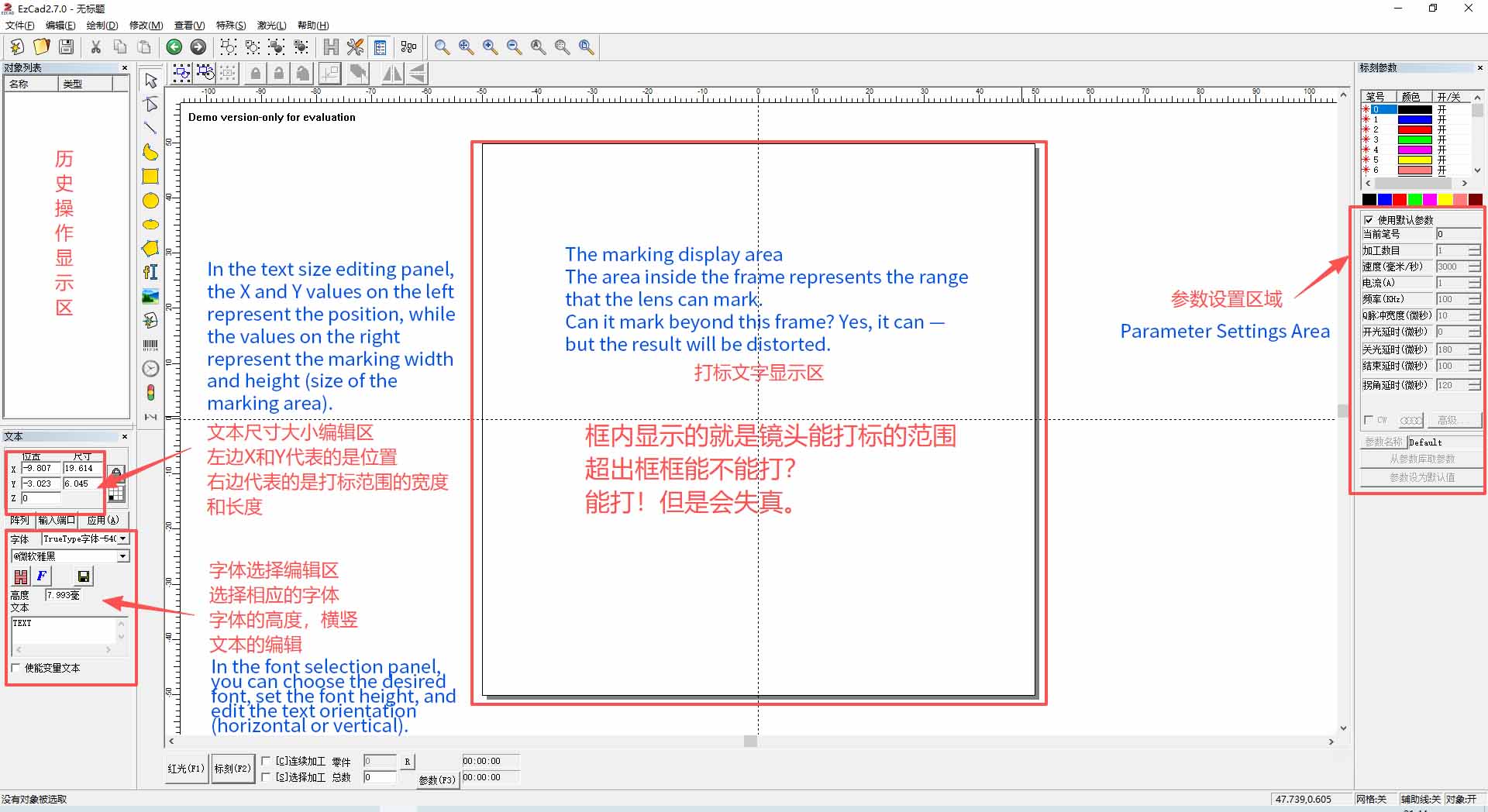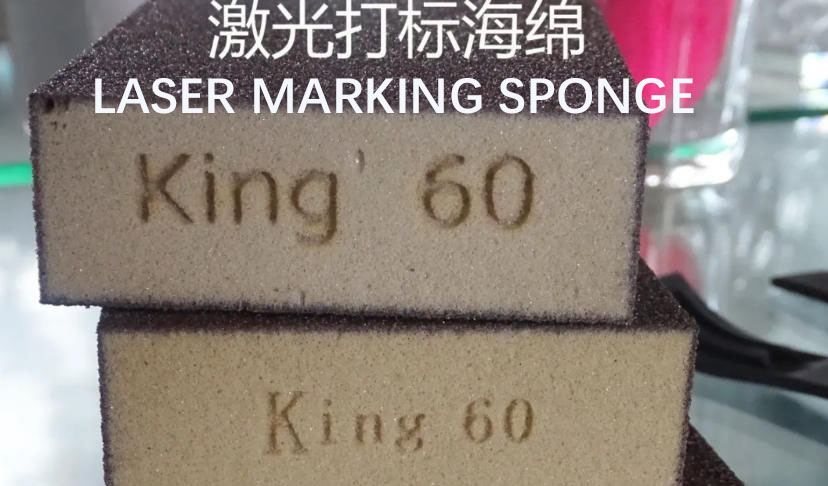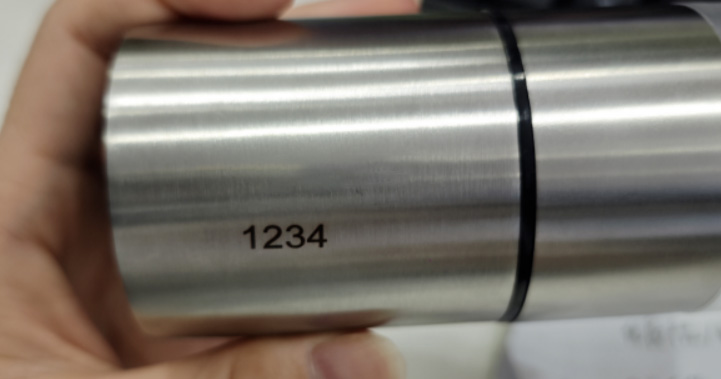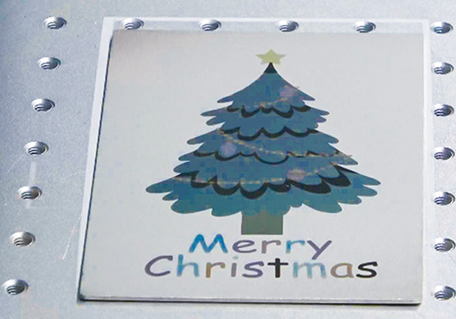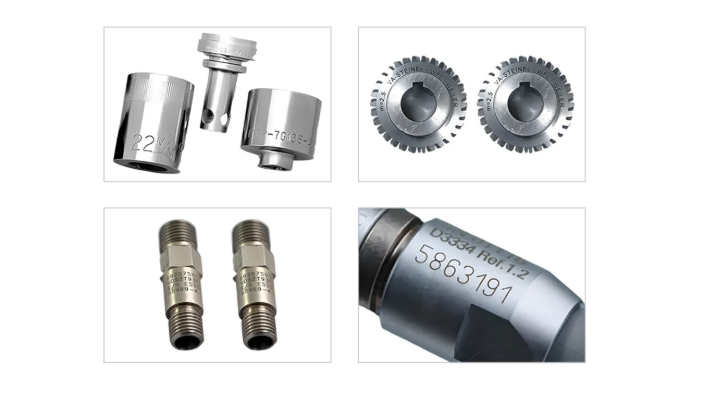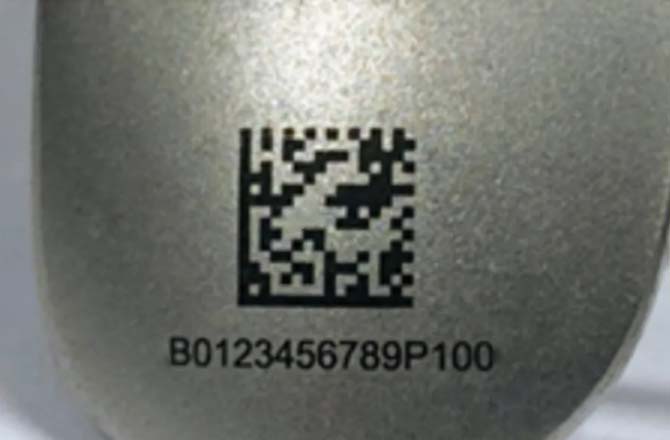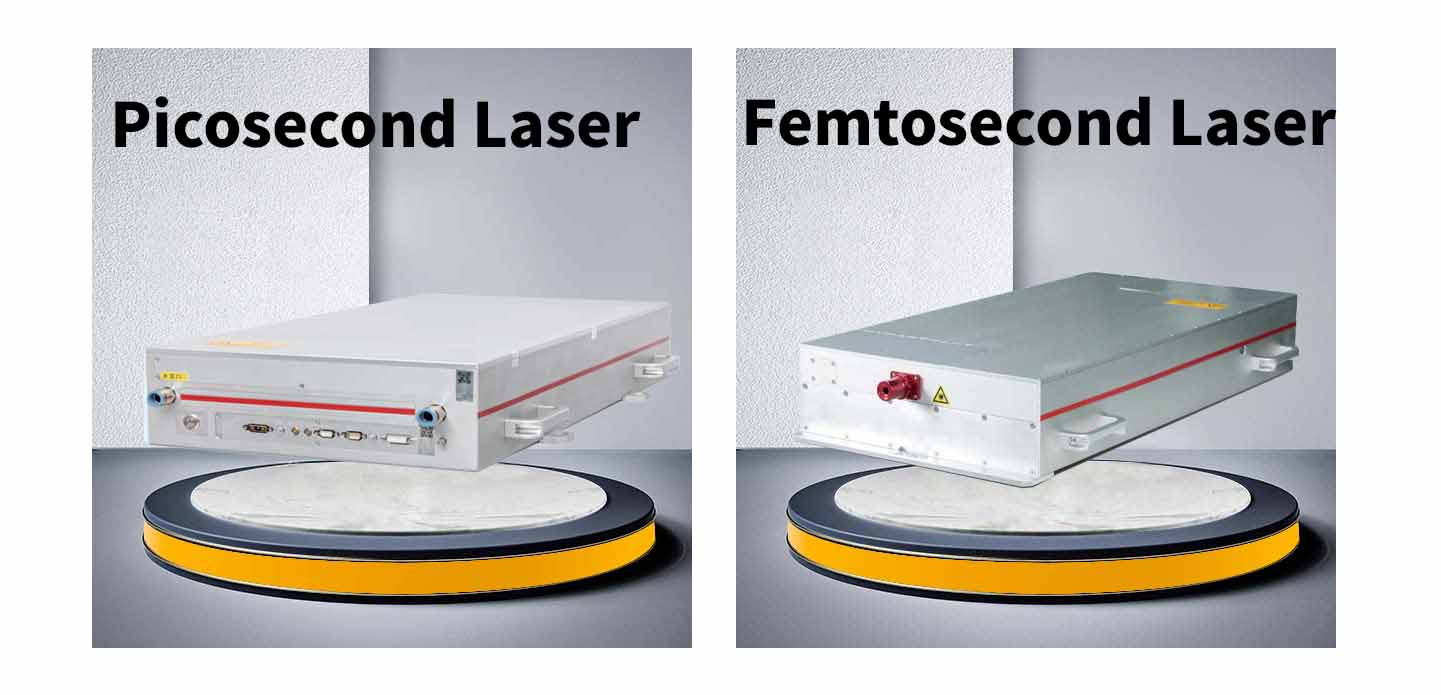
As demand grows for ultra-precise material processing, medical applications, and micro/nano fabrication, ultrafast laser technology—specifically picosecond lasers and femtosecond lasers—has become the gold standard. These advanced lasers offer extremely short pulse durations that allow for cold processing, high precision, and minimal thermal impact, making them ideal for industries requiring clean, accurate, and high-speed results.
What Is a Picosecond Laser?
A picosecond laser emits light pulses with durations in the range of 1 to 10 picoseconds (1 ps = 10⁻¹² seconds). This ultrashort pulse allows energy to be delivered faster than heat can diffuse into surrounding material, significantly reducing thermal damage.
Key Advantages of Picosecond Lasers:
Cold ablation for high-quality material removal
Minimal heat-affected zones (HAZ)
High-resolution micromachining
Effective in marking, scribing, and surface structuring
Suitable for metals, ceramics, polymers, and transparent materials
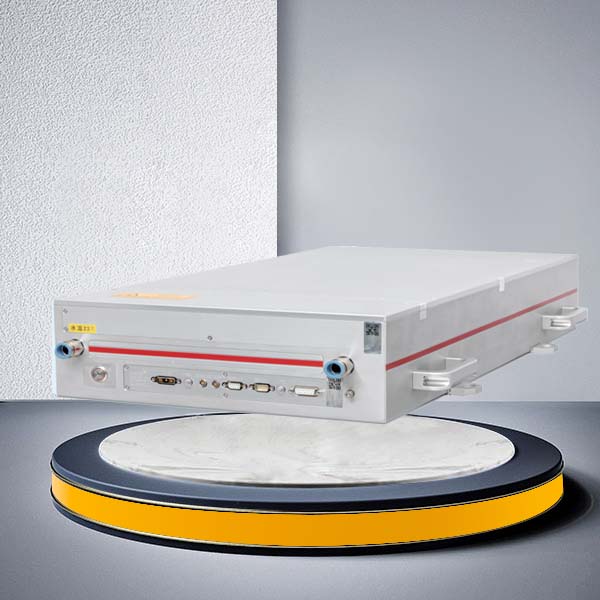
Picosecond Fiber Laser: Versatile and Compact
A picosecond fiber laser integrates the picosecond pulse source into a compact, fiber-based system, offering enhanced stability, efficiency, and alignment-free operation.
Typical Applications of Picosecond Fiber Lasers:
Precision micromachining of semiconductors and solar cells
Anti-counterfeiting fine marking on electronics or glass
High-speed engraving on medical devices
Surface texturing for friction control or hydrophobicity
Industrial thin film removal
Thanks to its reliability and lower maintenance compared to solid-state systems, the picosecond fiber laser is increasingly used in 24/7 production environments.
What Is a Femtosecond Laser?
A femtosecond laser operates in the range of 10⁻¹⁵ seconds per pulse—1,000 times shorter than a picosecond laser. This ultra-short pulse duration leads to nonlinear absorption, where material ionizes before any heat is transferred. As a result, femtosecond lasers offer near-zero thermal damage and nano-level precision.
Key Benefits of Femtosecond Lasers:
Athermal processing of delicate and transparent materials
Sub-micron precision for the most demanding applications
High contrast marking on sensitive surfaces
Suitable for 3D microfabrication and photonic devices
Ideal for biocompatible material processing

Femtosecond Fiber Laser: Ultrafast and Robust
A femtosecond fiber laser delivers the benefits of femtosecond pulse durations with the added robustness and flexibility of fiber laser design.
Main Applications Include:
Transparent material cutting (e.g., glass, sapphire, quartz)
Waveguide writing and photonic device fabrication
Precision surgery in ophthalmology (e.g., LASIK)
Bioengineering and cell manipulation
Advanced additive manufacturing and microdrilling
With scalable average power and industrial-grade packaging, femtosecond fiber lasers have become essential in research labs and precision factories worldwide.
Comparison: Picosecond vs. Femtosecond Laser
| Feature | Picosecond Laser | Femtosecond Laser |
|---|---|---|
| Pulse Duration | ~10⁻¹² seconds | ~10⁻¹⁵ seconds |
| Heat Affected Zone (HAZ) | Very low | Near zero |
| Material Interaction | Photothermal + some ablation | Pure photochemical ablation |
| Cost | Lower | Higher |
| Applications | Industrial marking, scribing | Micro/nano structuring, biomedicine |
Conclusion
Both picosecond and femtosecond lasers represent the frontier of ultrafast laser technology. Whether you’re in need of high-speed industrial processing with minimal thermal effects or nanometer-level precision for scientific and medical use, picosecond fiber lasers and femtosecond fiber lasers offer unmatched performance.
Looking to integrate ultrafast lasers into your workflow? Contact us to explore custom solutions, demo systems, or expert consultation on selecting the right laser source for your application.

